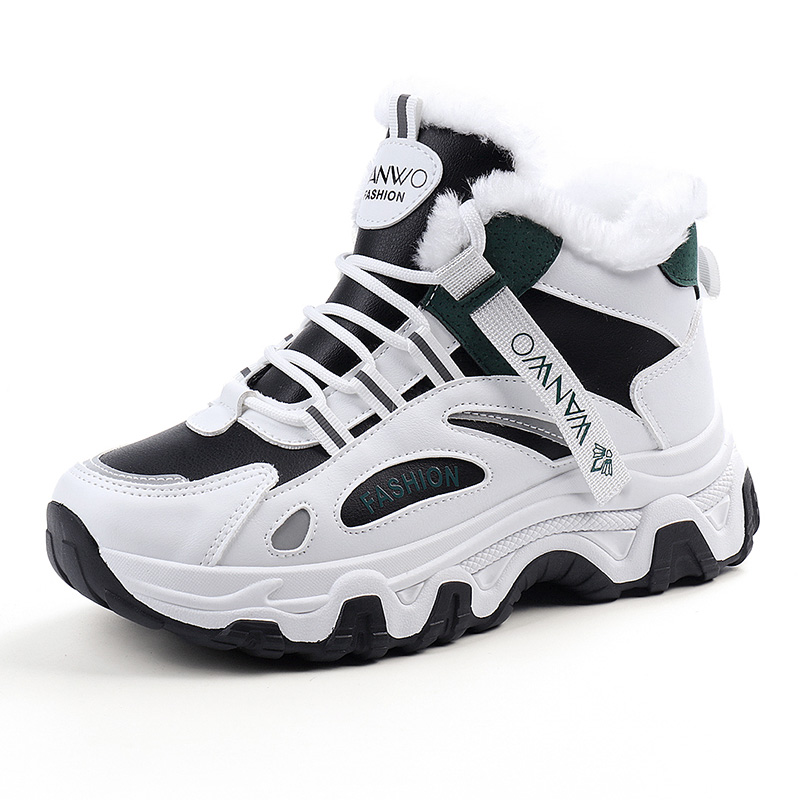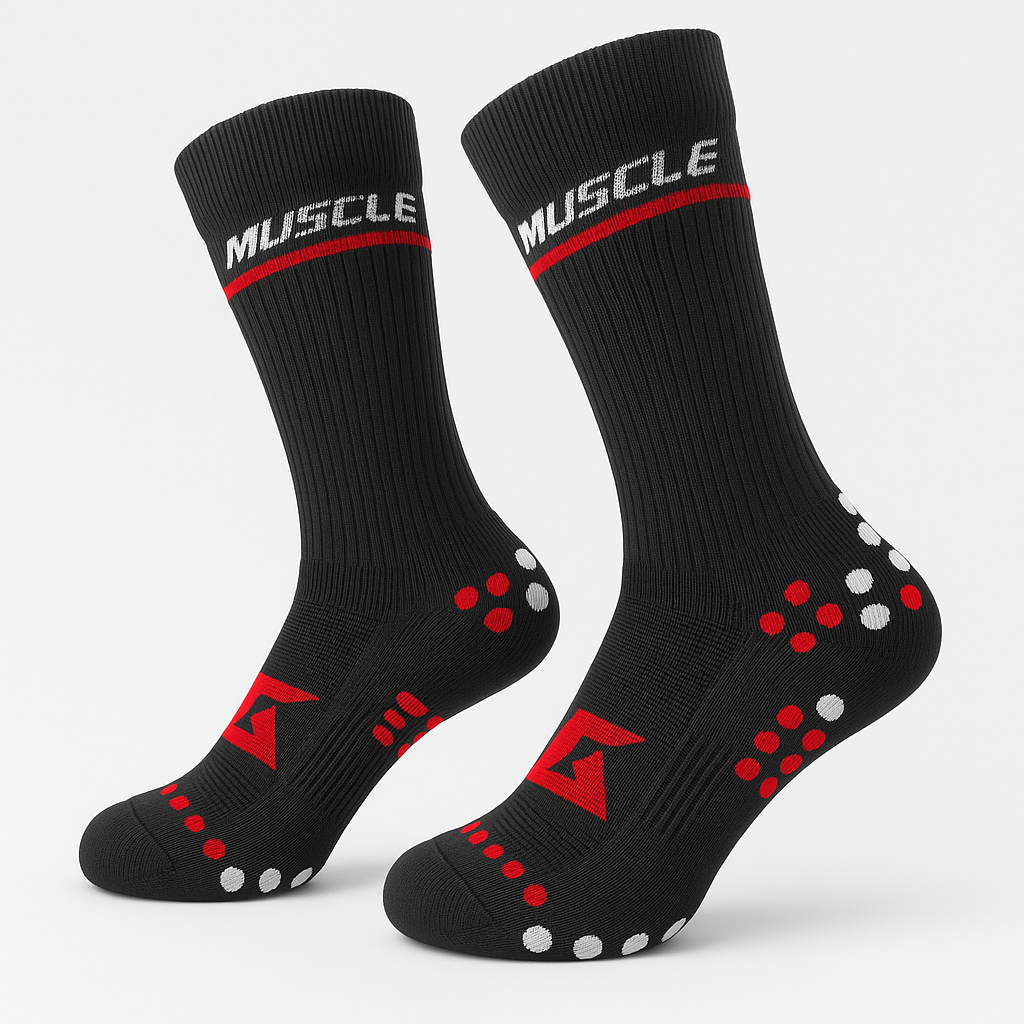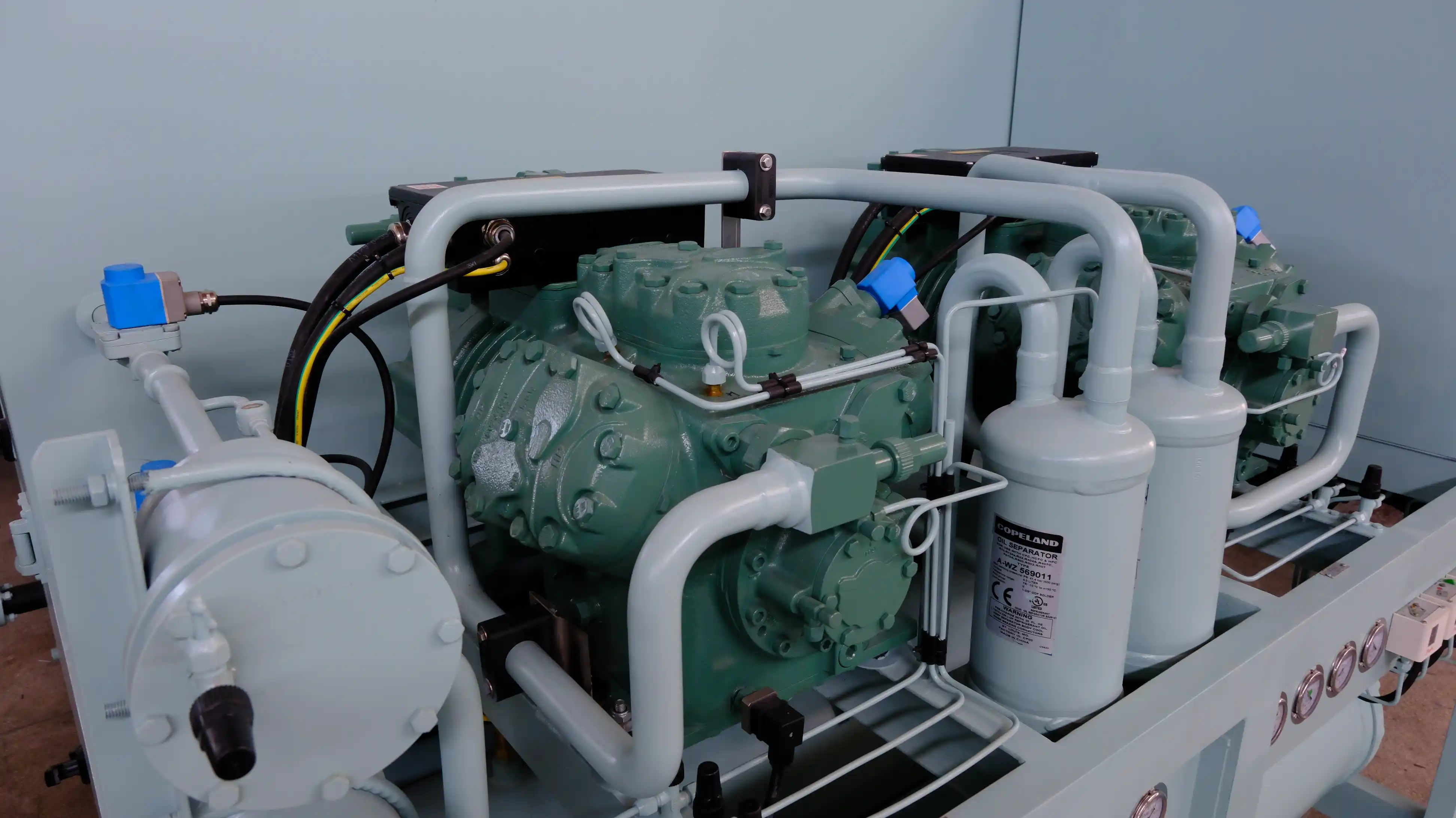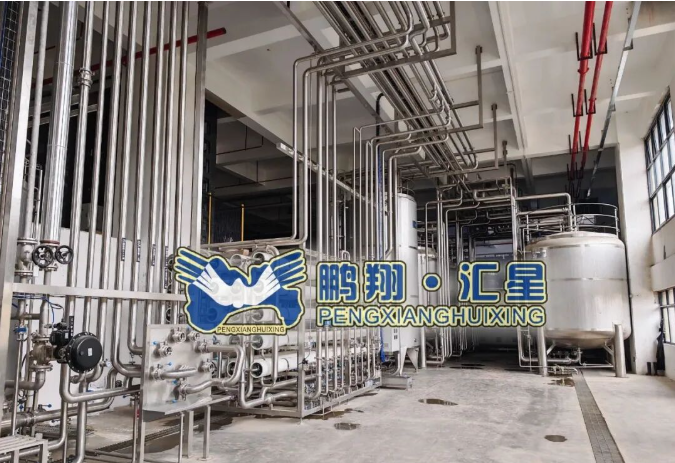Unveiling the Secrets: How to Determine if a Shirt is Truly 100% Cotton
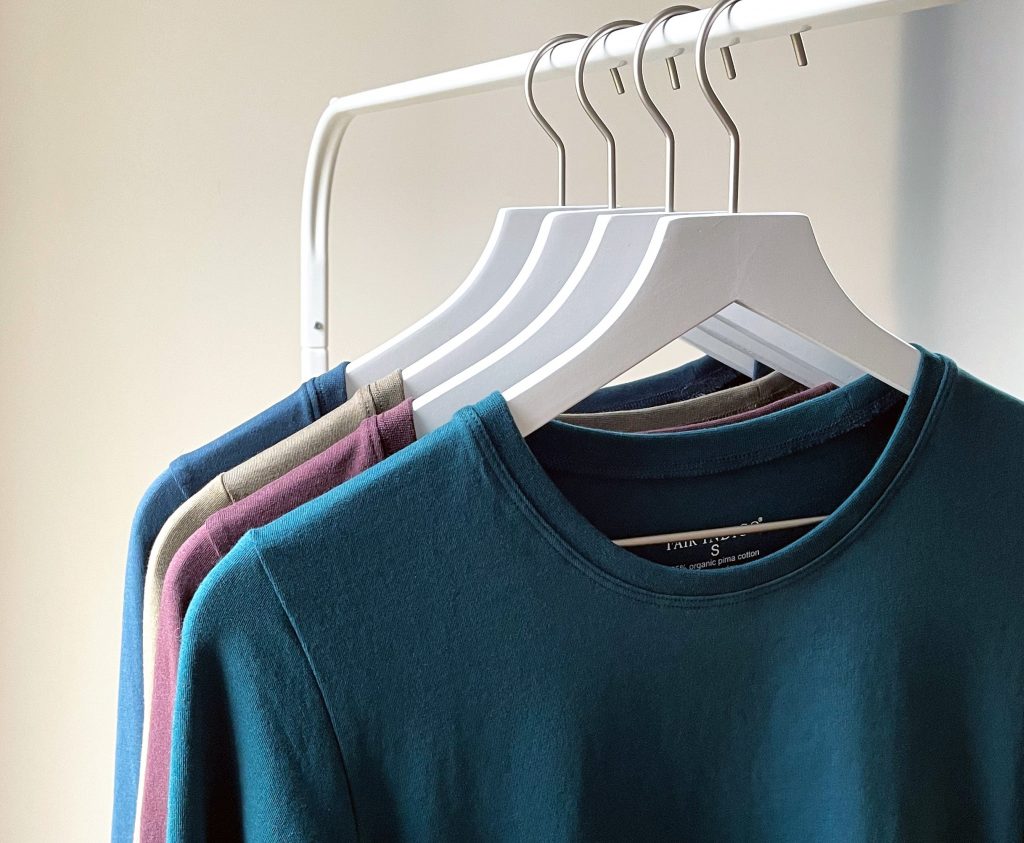
In the world of fashion, cotton has always been a popular choice due to its comfort, breathability, and durability. However, with the rise of synthetic fibers and blends, it has become increasingly important to be able to distinguish whether a shirt is genuinely made of 100% cotton. In this article, we will delve into the various methods and techniques to help you determine the authenticity of a cotton shirt.
- Visual Inspection:
The first step in identifying a 100% cotton shirt is to visually examine its texture and appearance. Genuine cotton fabric typically has a natural, slightly irregular weave, with visible fibers that give it a soft and breathable feel. Look for a matte finish rather than a shiny or overly smooth surface, as this could indicate the presence of synthetic fibers. - Label Check:
One of the easiest ways to determine the composition of a shirt is by checking the label. Manufacturers are required to provide accurate information about the fabric content on the label. Look for labels that explicitly state "100% cotton" or "pure cotton." However, be cautious as some labels may use terms like "cotton-rich" or "cotton-blend," which indicate a mixture of cotton and other fibers. - Burn Test:
A more advanced method to identify cotton fabric is the burn test. Take a small snippet of the shirt's fabric and carefully ignite it with a flame. Pure cotton will burn steadily and leave behind a fine, gray ash. Synthetic fibers, on the other hand, will often melt, emit a chemical odor, or leave behind hard, black beads. Caution should be exercised when performing this test, and it is recommended to do it in a controlled environment. - Water Absorption:
Cotton is known for its excellent water absorption properties. To test if a shirt is 100% cotton, dampen a small area of the fabric with water. If the water is quickly absorbed and spreads evenly, it is likely made of pure cotton. Synthetic fibers tend to repel water or absorb it slowly, resulting in water beading on the fabric's surface. - Wrinkle Test:
Another characteristic of cotton fabric is its tendency to wrinkle easily. Gently crumple a section of the shirt in your hand and hold it for a few seconds. If the fabric retains wrinkles, it is likely to be made of 100% cotton. Synthetic blends or treated fabrics are less prone to wrinkling and will quickly regain their smooth appearance.
Conclusion:
Determining whether a shirt is 100% cotton requires a combination of visual inspection, label check, and more advanced tests like the burn test, water absorption, and wrinkle test. By utilizing these methods, you can confidently identify the authenticity of a cotton shirt and make informed purchasing decisions. Remember, the quality and composition of the fabric play a significant role in the overall comfort and longevity of your clothing.

